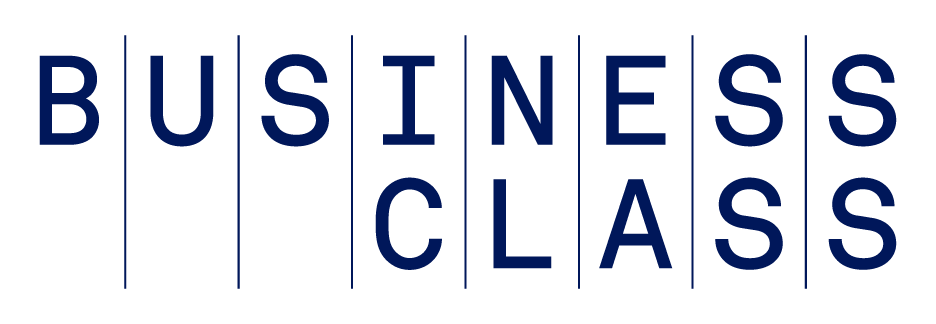When you're an online seller, your landing page is "where it all begins." A landing page, according to CopyBlogger.com, is “any page on a website where traffic is sent specifically to prompt a certain action or result.” For our purposes, we’ll say that action or result is the sale of a product.
Now let's make sure it converts like crazy.
1. Define your sales goal
Step No. 1 is easy. Decide what you want your visitors to buy once they've reached your landing page and then follow the next four steps to support that goal.
2. Keep it simple
According to marketing experts, "A confused mind always says 'no.'"
What they mean is that confused customers won't buy. So save your customers from confusion by eliminating clutter and "off ramps" that will distract them from buying.
- Remove external links and “Links” pages; the last thing you want to do is send your visitors to someone else’s site.
- Say goodbye to social media links that act as an "off ramp." You want visitors to buy from you, not follow you on Twitter. Social media should be used to drive customers to your site, not away from it.
- Ditch any polls, CPC ads, images and text that do not channel visitors to your sales goal. The fewer distractions, the better.
3. Put the blinders on
Once visitors have "landed" on your site, start moving them toward a purchase by using compelling copy, graphics and video. That means:
- Copy, images and video that clearly show the features and benefits of your product and entice visitors to your buy page.
- Sales copy, images and video should be placed above the fold—this is the upper part of your site, before a visitor has to scroll down.
- Use your sidebars to link to pages that will help a visitor move quickly and confidently to a purchase. For example, a “Testimonials” page eases buyer anxiety; a “Press” page proves that your product is adored by the public; an “About” page shows that you, the product creator, identify with your visitor; and a “Buy Now” page drives them to, well…BUY NOW.
4. Help visitors buy easily Once you’ve convinced visitors that they absolutely cannot live without your product, don’t lose the sale because of a clumsy, risky or hard-to-find buying page. 5. Put it under the Googlescope Now that you’ve created a killer landing page, measure its’ effectiveness with Google Analytics. Here's what you should be looking at. Heather Allard is a mother of three kids, Hope, Grace & Brendan—and one big dog, The Dude. She’s also the founder of TheMogulMom.com, a website for moms who run a business, raise a family and rock both. You can find her on Twitter at @heathALL.





